The Sierra I class submarines were a group of nuclear-powered attack submarines that were developed and produced by the Soviet Union during the late 1970s and early 1980s. These submarines were designed with the primary purpose of carrying out anti-ship and anti-submarine missions, and they were equipped with a range of advanced weapons and technologies that allowed them to fulfill their intended roles with great effectiveness.
The Sierra I class submarines were notable for their advanced propulsion systems, which utilized nuclear reactors to generate power for their propellers. This allowed these submarines to operate for extended periods of time without the need for refueling, making them ideal for long-range patrols and extended deployments. Additionally, the Sierra I class submarines were equipped with a number of advanced sensors, including sonar systems, radar systems, and periscopes, which allowed them to detect and track enemy vessels with great accuracy.
Another key feature of the Sierra I class submarines was their ability to operate in a wide range of environments, including deep water and shallow littoral waters. This versatility made them particularly useful for a variety of military missions, including reconnaissance, surveillance, and interdiction operations. Additionally, the Sierra I class submarines were equipped with a range of torpedoes, cruise missiles, and other weapons, which made them formidable opponents in any naval conflict.
This is a 3d printable model of the sierra class
Continue reading for more images and STL files
Read More Pages: 1 2 3
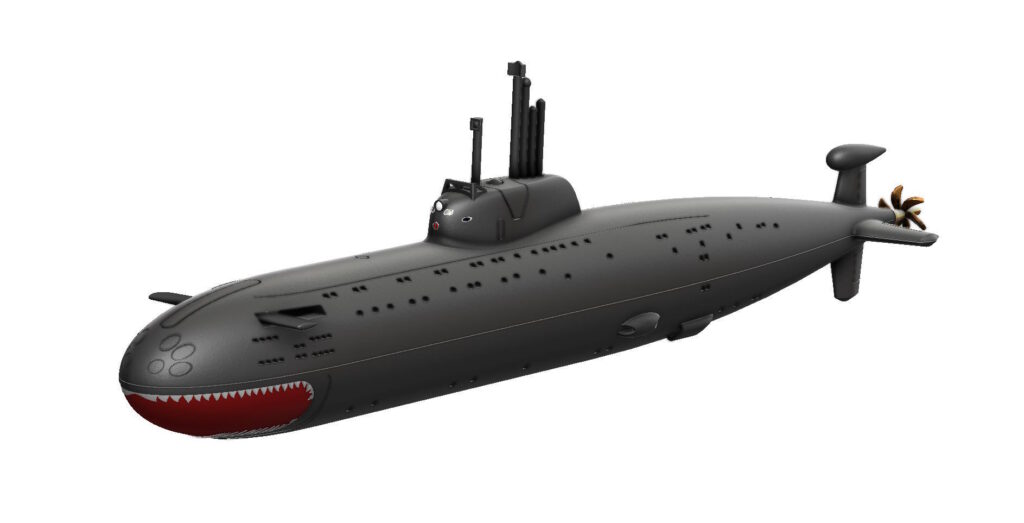
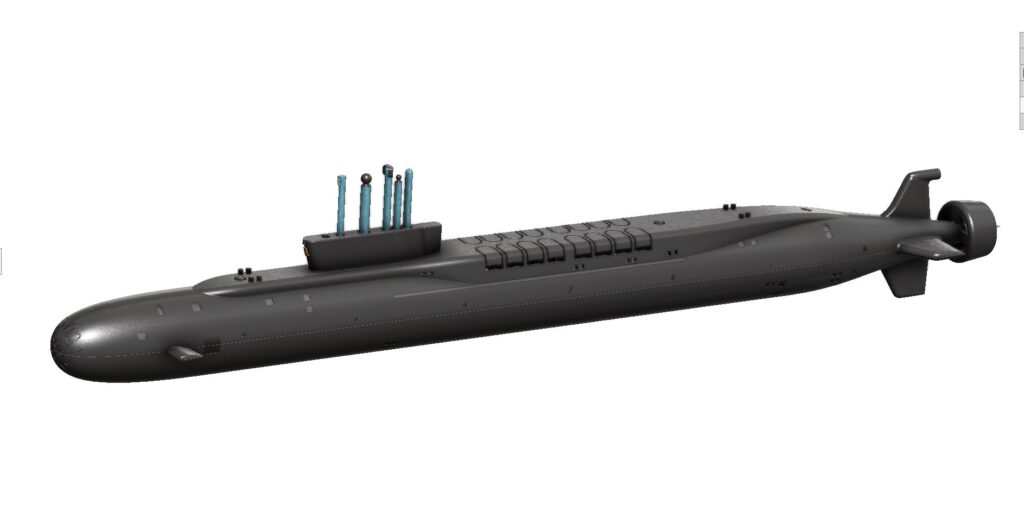

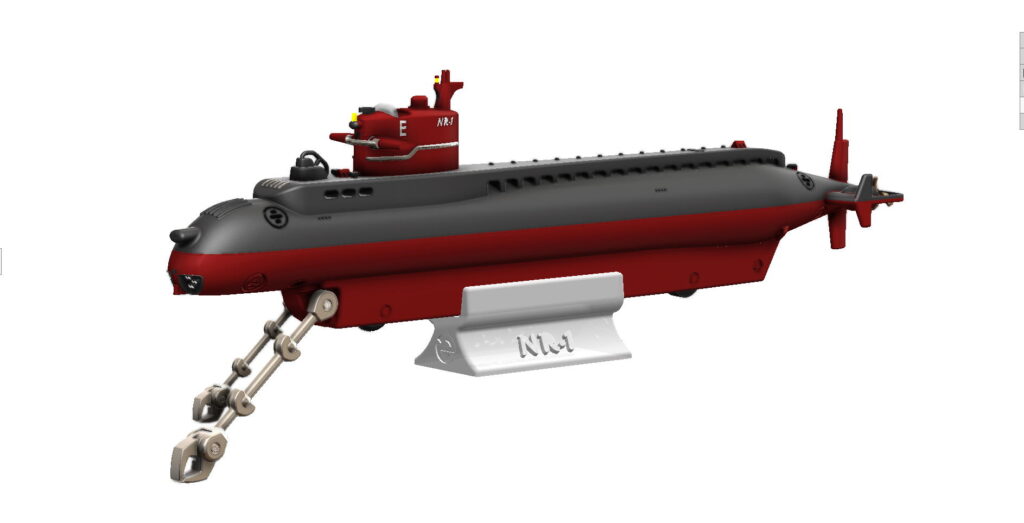
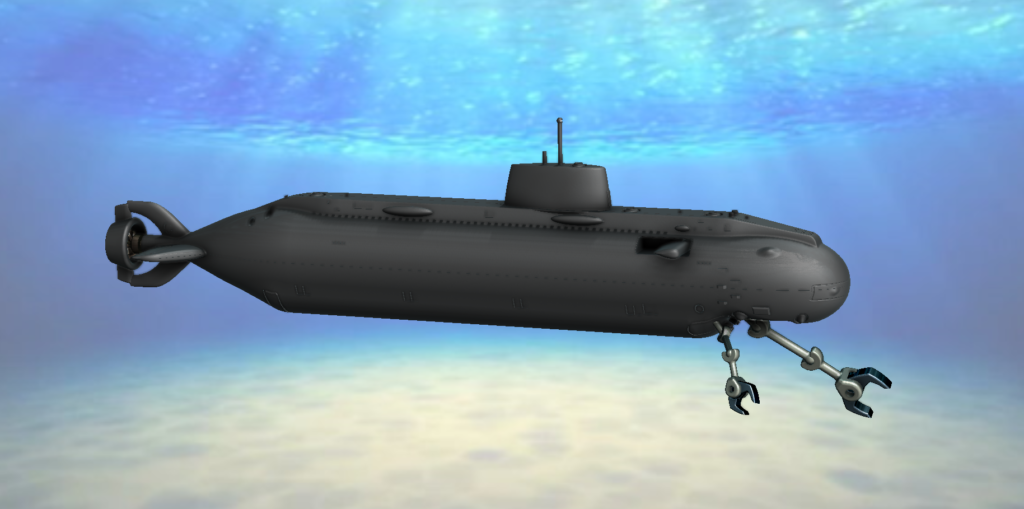
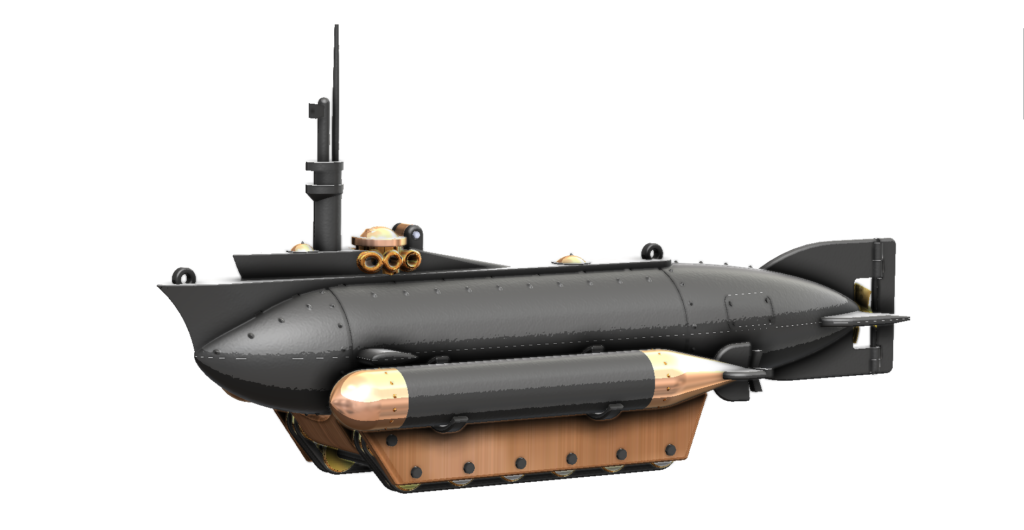

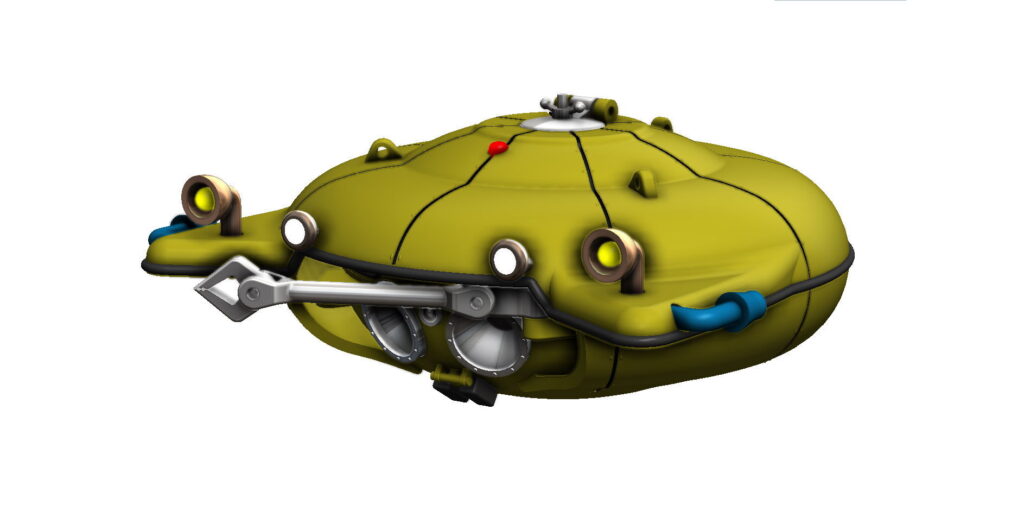
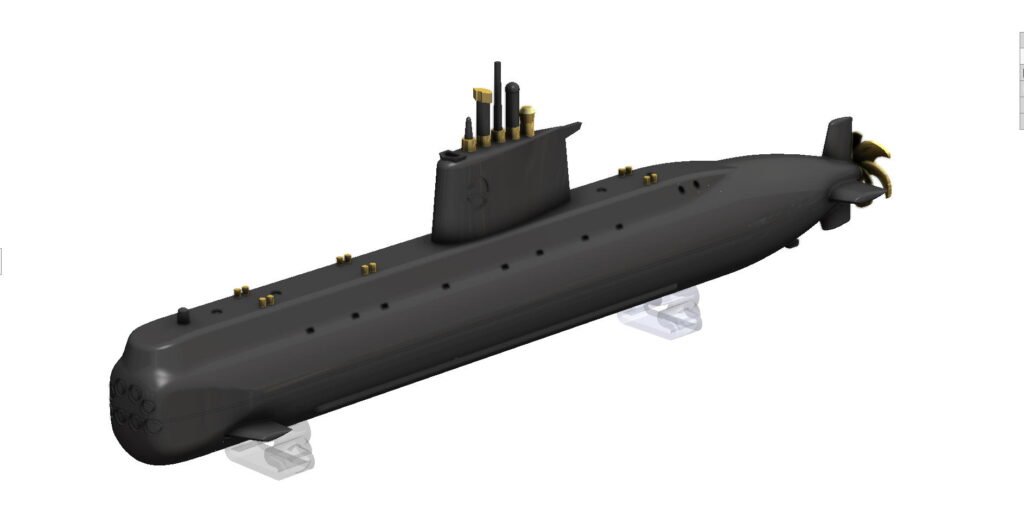
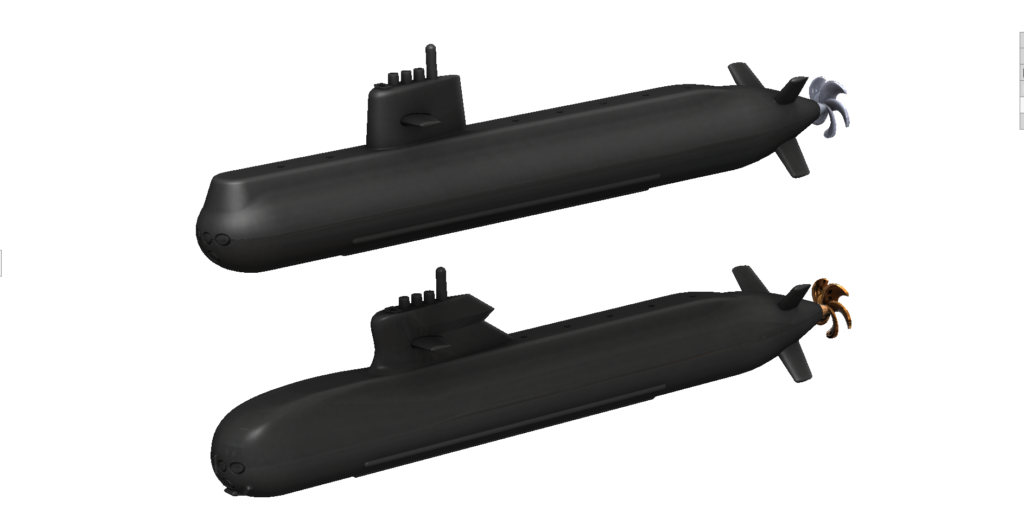






 Users Today : 7
Users Today : 7 Users Yesterday : 60
Users Yesterday : 60 Users Last 7 days : 540
Users Last 7 days : 540 Views Today : 32
Views Today : 32 Views Yesterday : 216
Views Yesterday : 216 Views Last 7 days : 2042
Views Last 7 days : 2042 Total views : 1284390
Total views : 1284390 Who's Online : 2
Who's Online : 2